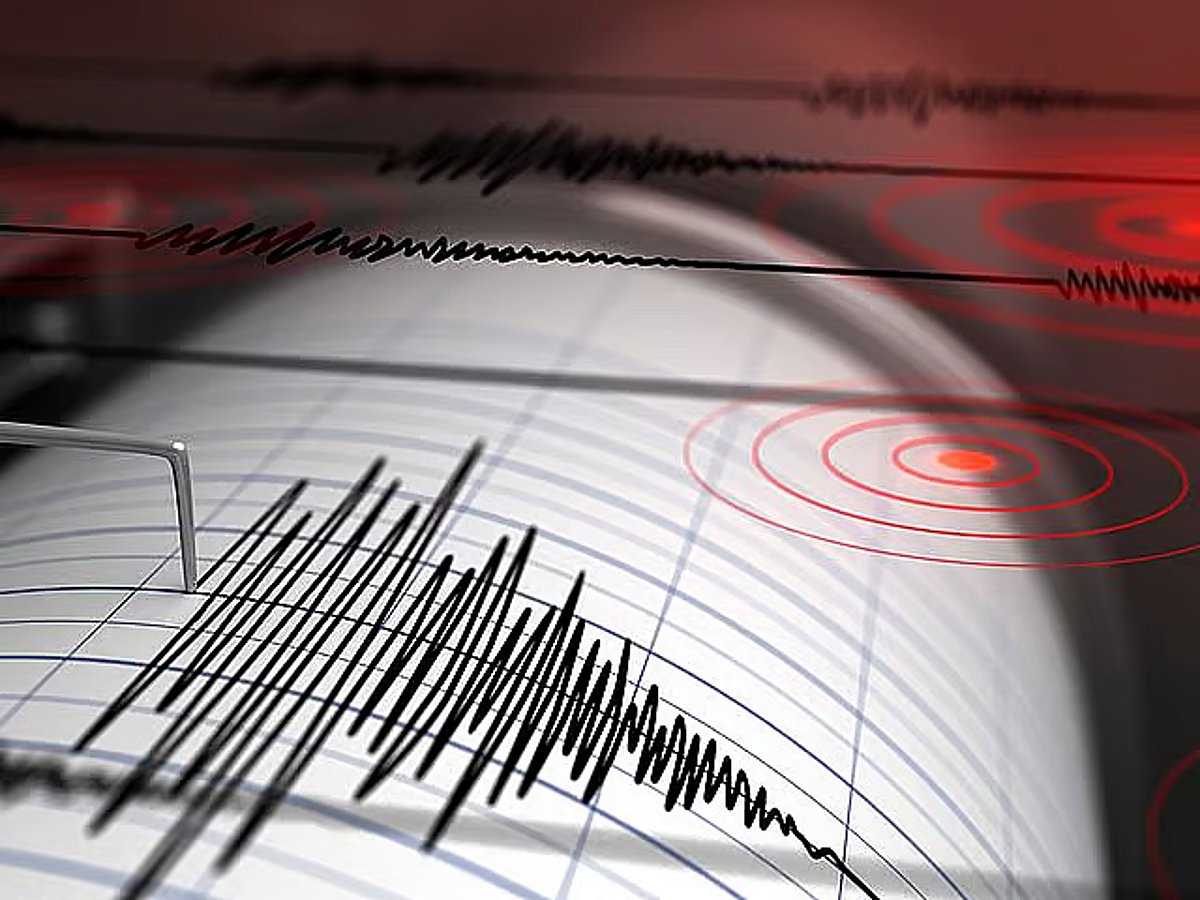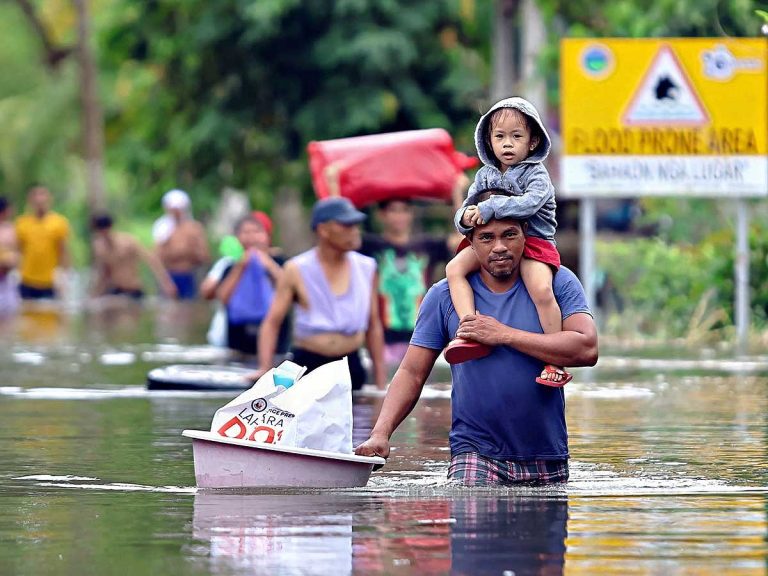Strong 6.4 Magnitude Earthquake Strikes Japan, Stay Alert
On November 10, a significant earthquake measuring 6.4 struck Japan at 11:23 AM, as reported by the National Seismic Network (NCM). The quake has raised concerns among authorities, who are urging residents to avoid coastal areas due to the potential for aftershocks in the coming days. The region is expected to remain on high alert for at least a week, with the next few days being particularly critical.
Aftershocks and Safety Measures
Following the initial quake, several aftershocks have been recorded in Yamada, including a notable 5.4-magnitude tremor and two additional quakes measuring 5.2. Fortunately, there have been no reports of injuries or significant damage thus far. Authorities continue to monitor the situation closely and emphasize the importance of preparedness among residents.
FAQs
What should residents do after the earthquake?
Residents are advised to stay indoors, avoid coastal areas, and prepare for possible aftershocks. It’s essential to have emergency supplies ready and to stay informed through local news updates.
How long is the risk of aftershocks expected to last?
Experts indicate that the region may experience aftershocks for at least a week, with heightened activity anticipated in the first two to three days following the main earthquake.
Are there any reported damages or injuries?
As of now, there have been no significant reports of injuries or damage resulting from the earthquake, but authorities are continuing to assess the situation.
Conclusion
The recent earthquake in Japan has prompted safety warnings and ongoing monitoring for aftershocks. Residents are encouraged to remain vigilant and prepared as authorities assess the situation in the coming days. Staying informed and following safety guidelines will be crucial during this time.
Japan is located in a seismically active region known as the Pacific Ring of Fire, which is characterized by frequent earthquakes and volcanic activity. The country has a long history of significant seismic events, and its infrastructure is designed to withstand such occurrences. Building codes in Japan are among the strictest in the world, incorporating advanced engineering techniques to enhance earthquake resilience. This preparedness is crucial, as the nation has experienced devastating earthquakes in the past, including the Great East Japan Earthquake in 2011, which resulted in widespread destruction and loss of life.
In the aftermath of the November 10 earthquake, local authorities have activated emergency response protocols to ensure the safety of residents. Emergency services are conducting assessments in affected areas to identify any potential hazards and provide assistance where needed. Community centers are being prepared to serve as shelters for those who may need temporary housing due to the quake’s impact. Additionally, local governments are disseminating information regarding safety measures and emergency contacts to keep residents informed and safe.
The Japanese government and various organizations are also utilizing technology to monitor seismic activity in real-time. The National Seismic Network employs a series of sensors and data analysis tools to detect tremors and predict aftershocks, which can help mitigate risks and enhance public safety. This technological capability allows for quicker responses and better preparedness among residents, who are encouraged to stay informed through official channels and mobile alerts.
Public awareness campaigns are often launched in the wake of significant seismic events to educate citizens about earthquake preparedness. These initiatives typically focus on encouraging individuals to create emergency plans, assemble disaster supply kits, and participate in community drills. Such proactive measures can significantly reduce panic and confusion during an actual emergency, ensuring that residents know how to respond effectively.
As the situation develops, it is essential for residents to remain vigilant and adhere to the guidance provided by local authorities. The potential for aftershocks serves as a reminder of the unpredictable nature of seismic activity in the region. Staying connected with neighbors and participating in community safety efforts can foster a sense of solidarity and resilience among residents, which is vital in times of crisis.
Also Read:
Afghanistan Experiences Recent Earthquake Activity







